Basic Tips for Taking Care of Indoor Plants
posted on March 6, 2018 | by Lisa Bower
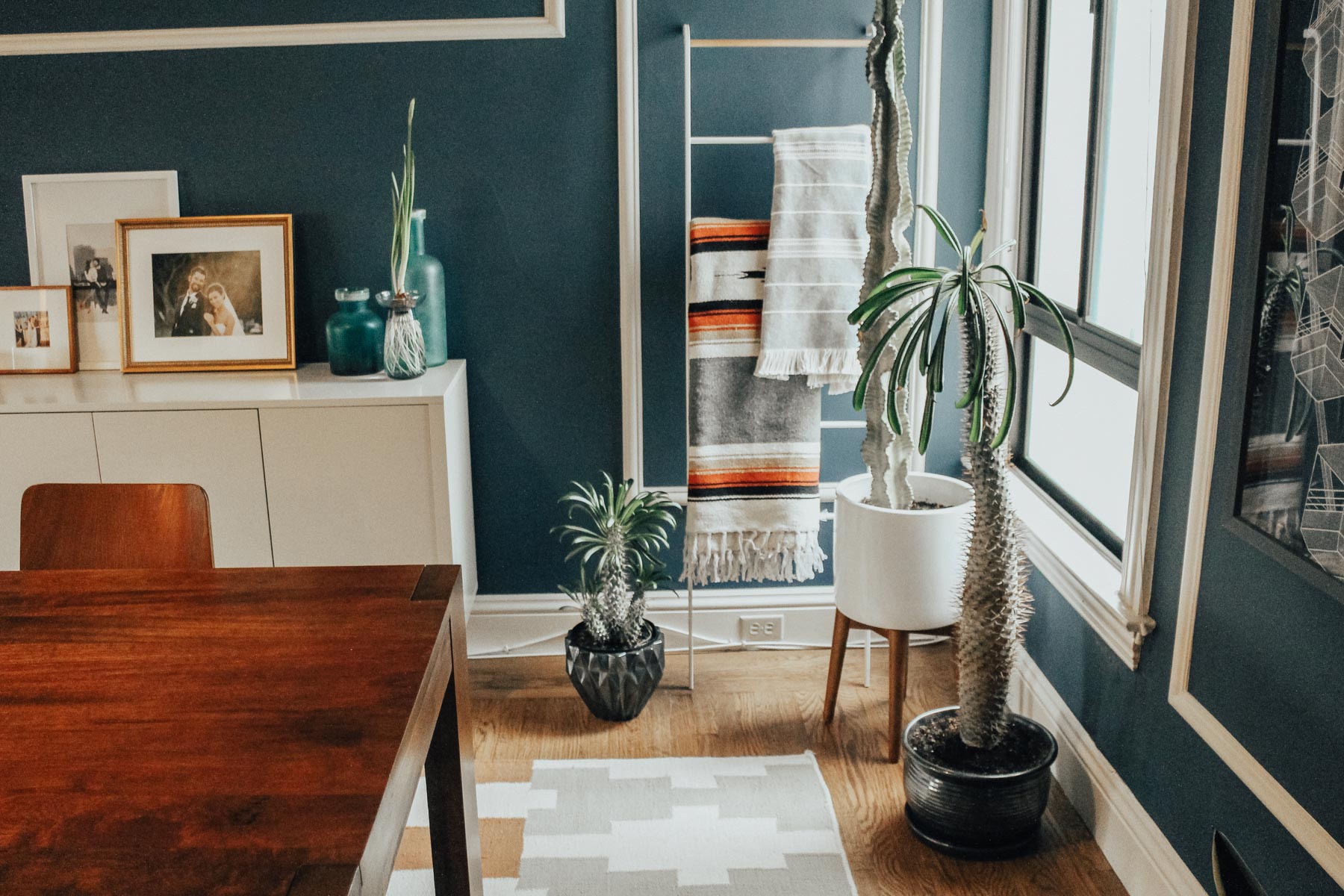

After showing you how to style plants in small spaces, I realized I may have been getting a little ahead of myself. If you’re anything like me, you’ve taken home many plants only to watch them slowly wilt and turn brown. It used to baffle me time and again until I finally realized I was caring for them all wrong. Most plants are actually not as hard to care for as you think!
The two biggest components of maintaining a healthy plant are the correct amount of light and water — that may seem obvious right? But it also takes patience and some trial and error before you get it right. Here are three of the most important things to consider to set your plants up for success.
Do Your Research
I learned to research the specific plant I had my heart set on before heading out to the nursery. This helped a ton so that I wasn’t super overwhelmed when walking in and seeing SO many different kinds of plants. It also helped me figure out what kinds of plants could actually work for my lifestyle and apartment.
Experiment with direct & indirect sunlight
Plants can be very sensitive and complex. Two very similar plants may have different requirements based on their size and the amount of light they are used to receiving. When you bring a plant home, keep in mind it may have been hiding in the back of a nursery for weeks.
– Give the plant time to acclimate to light by placing it in indirect sunlight for a few weeks.
– Then move it into the direct sunlight every other week.
– You will know the plant has too much light if the leaves begin to wilt or turn yellow.
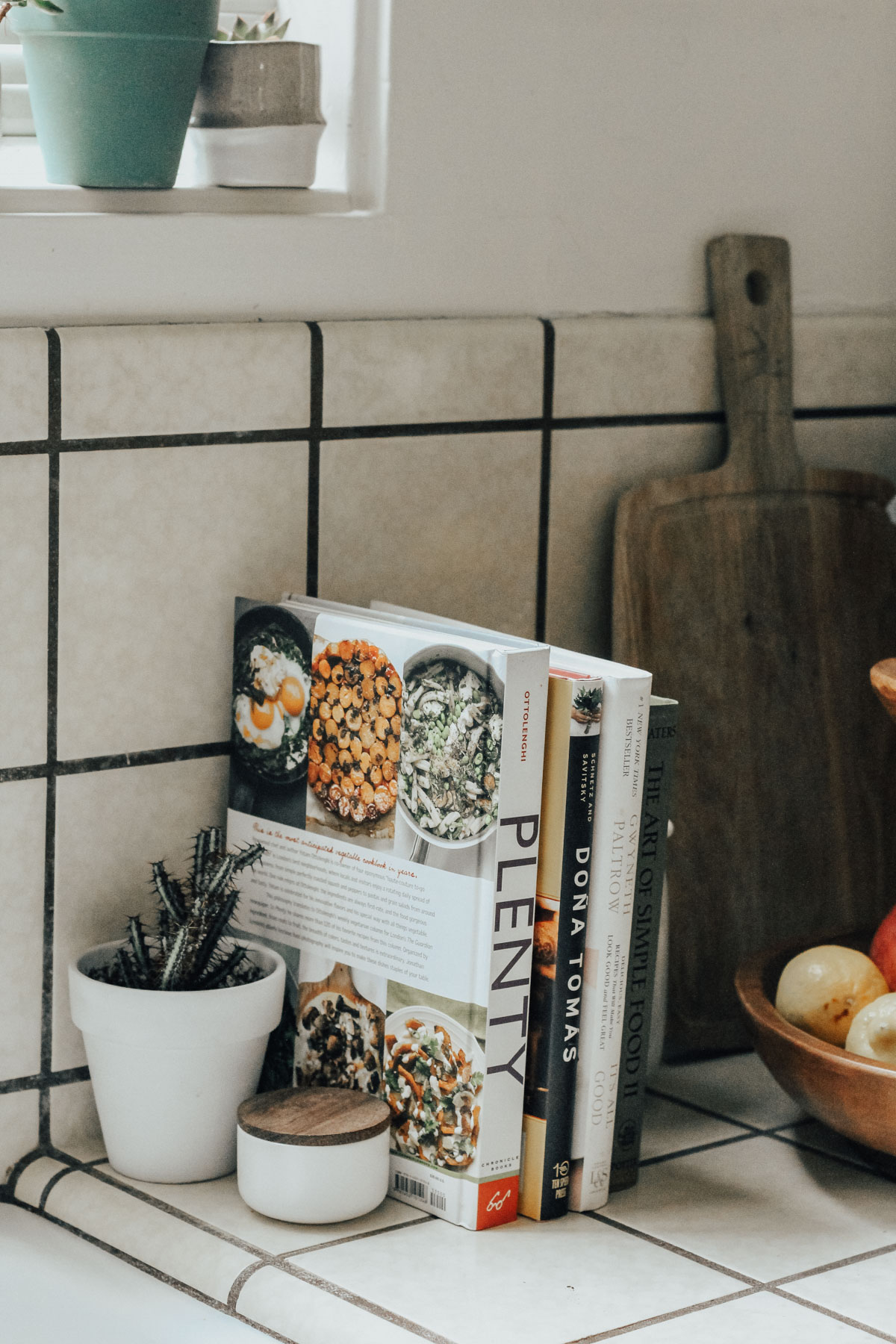
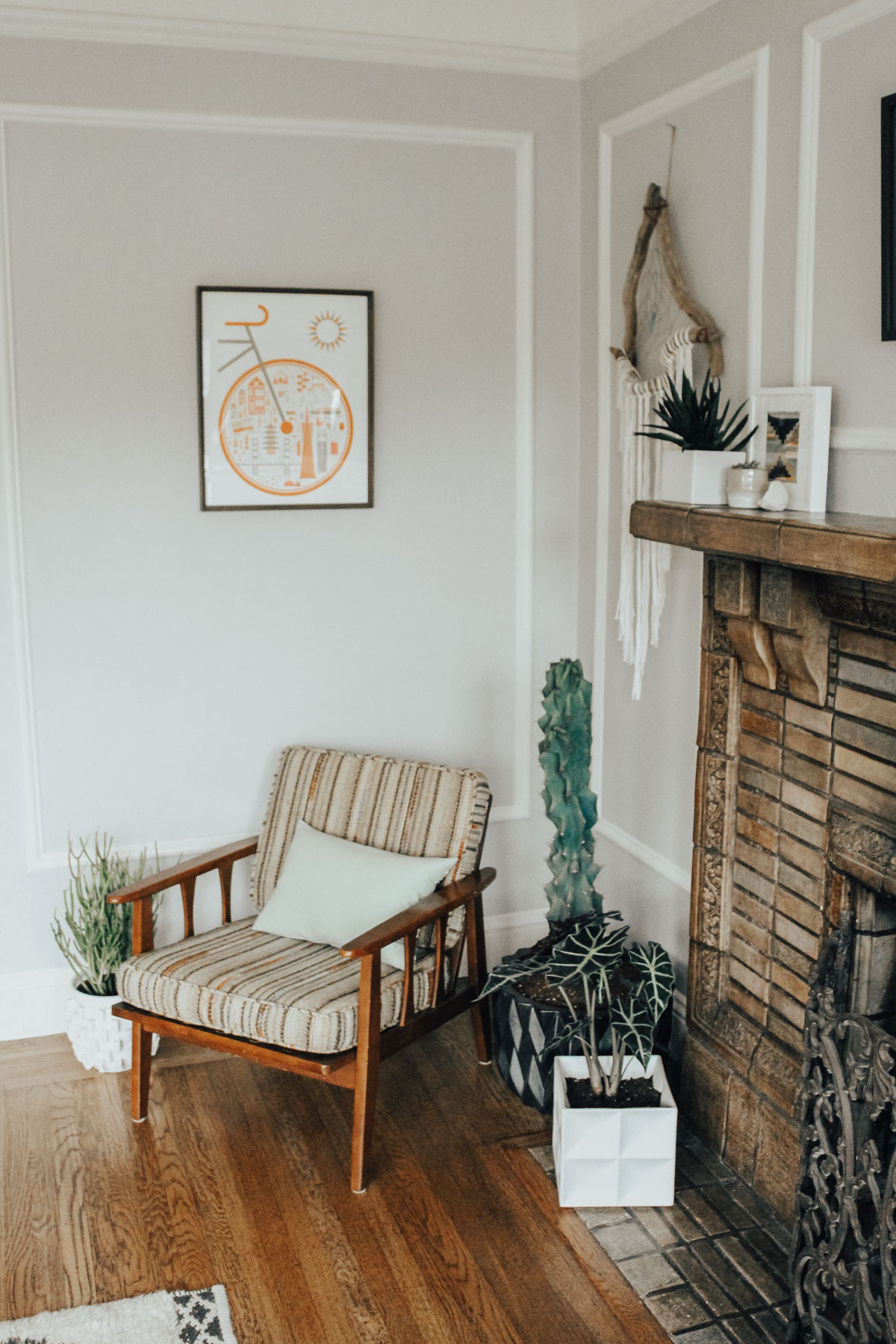
Don’t over water
I’ll admit, I was originally under the impression that watering plants daily was giving them love and attention. However, overwatering is the biggest mistake that most new plant owners make.
– The general rule is to water them once a week and only once a week.
– It is safe to water again once the top two inches of soil is dry to the touch.
– If it’s been a week and the soil is still damp, you can let it go a few more days before watering again.
– Larger plants only need to be watered every two weeks, but give them a lot of water all at once. To give you an idea, our large fiddle fig tree needs two full watering cans every couple weeks.
Signs that your plants are receiving too much water are if the roots begin to rot or there is mold on the surface of the soil. Water needs to drain freely through the soil, so ensure there is a small hole at the base of your pot. You can also add a few inches of gravel at the bottom of the pot before adding soil.

Use the right pot
During the process of purchasing a plant, take into consideration how big it will get. A plant will only grow in proportion to the size of the pot it lives in. Ask at the nursery what the appropriate size pot is for the plant, this will help to ensure it thrives in their new home. After you arrive home with your beautiful new plant, don’t keep it in the plastic pot it came in. Plants are often sitting in a store and become rootbound. Think of it like a long plane flight—those roots want to stretch their legs out. Here’s how to pot your plant:
– Place soil into the bottom third of the pot.
– Loosen the roots and place the plant in the pot.
– Fill up around the plant and tamp down the soil. Try not to fill the soil too high, you want the plant to be secure and still have room to breath.
Do you have any other questions about plants?
Or any tips of your own??
 Using Trunk Club to Update My Spring/Summer Wardrobe
Using Trunk Club to Update My Spring/Summer Wardrobe 5 Tips For Styling a Simple Summer Dress
5 Tips For Styling a Simple Summer Dress 5 Ways to Style a Bandana
5 Ways to Style a Bandana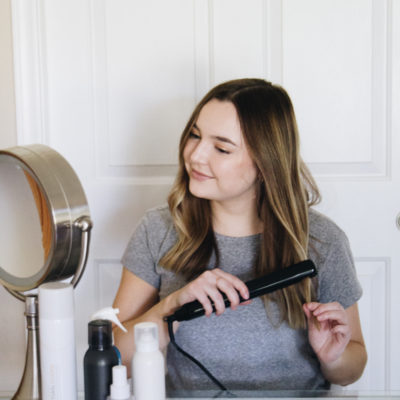 3 Different Ways to Curl Your Hair
3 Different Ways to Curl Your Hair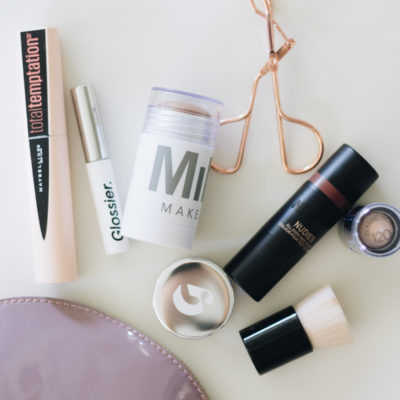 How to Master the 5-Minute Makeup Routine
How to Master the 5-Minute Makeup Routine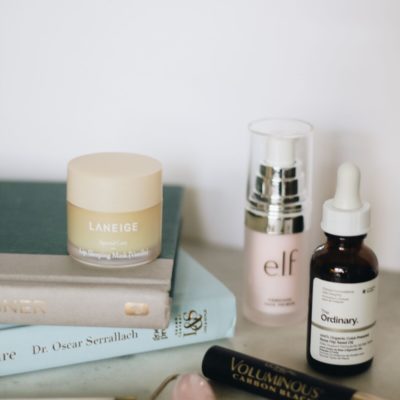 Amazon Beauty Buys Under $25
Amazon Beauty Buys Under $25 3 Ways to Make Your next Trip More Memorable
3 Ways to Make Your next Trip More Memorable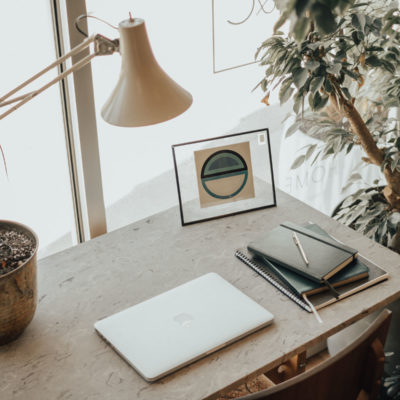 Tips for Digital Spring Cleaning and Organizing
Tips for Digital Spring Cleaning and Organizing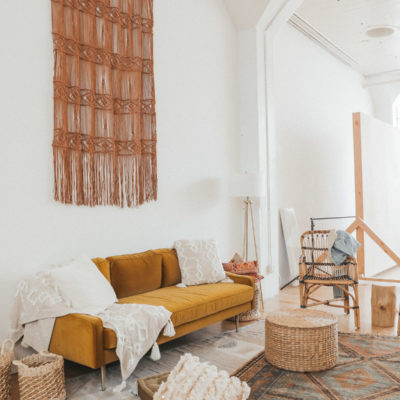 Color Trend: Marigold
Color Trend: Marigold Mental Health Update: The 3 Major Changes I Made to Get Out of Depression
Mental Health Update: The 3 Major Changes I Made to Get Out of Depression 5 Unexpected Ways to Unwind After Work
5 Unexpected Ways to Unwind After Work How to Know You’re in a Controlling Relationship
How to Know You’re in a Controlling Relationship 4 Questions I get Asked as a Professional Resume Writer
4 Questions I get Asked as a Professional Resume Writer How to Make Friends at Work
How to Make Friends at Work Getting Out of the ‘Busy’ Mindset
Getting Out of the ‘Busy’ Mindset Ask Amanda: How do I pursue the career I want without formal training?
Ask Amanda: How do I pursue the career I want without formal training? Ask Amanda: How Do I Find a Therapist?
Ask Amanda: How Do I Find a Therapist? Ask Amanda: How do I stop being jealous in my relationship?
Ask Amanda: How do I stop being jealous in my relationship?



Brooklyn | La Ti Do Says
Great post! But how do you care for a plant that’s already in a pot without a hole in the bottom? And how do you know if the roots are rotting since you can’t see them?
<3 Brooklyn | latidoblog.weebly.com
neha Says
Hi, I made the same mistake of overwatering my plants. As a result, they started wilting. Happy to see that you have covered this point here. It will be helpful for others too.
Liz Castles Says
Where did you get your planters?